Khache Phalu's Advice on the Art of Living was based on three Persian classics that were then taught in Mosque schools in Tibet: Gulistan, Bostan and Pantanama. But a close study indicates that the work is not an imitation of Persian classics, neither in its style nor in its content. To be sure it is not the classic written by a highly-educated lama or an aristocrat who are the usual authors of the "Great Tradition".
Kha-che Phalu'i rNam thar belongs to the "Little Tradition", and it is precisely in this that its unique position in the history of Tibetan literature resides. It is one of the very few, if not the only, written document belonging to the little tradition. It opens to social scientists an enormous vista of the folk-mind; its opens to social scientists an enourmous vista of the folk-mind; its strength and weakness; its wisdom and follies; its suffering and yearning; Its ideals and illusions its social ethos and trickiness; in short, its way of life and world view; Never before have we had so much commonsense with so little allusion to the classical literature.

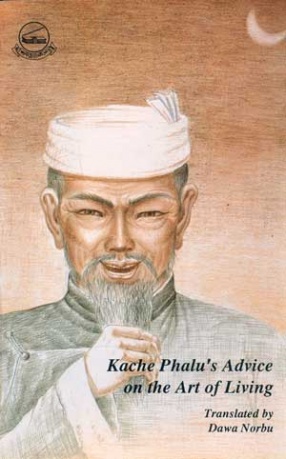
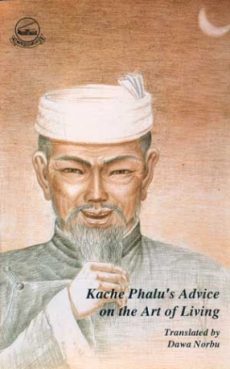
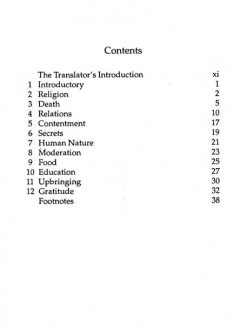


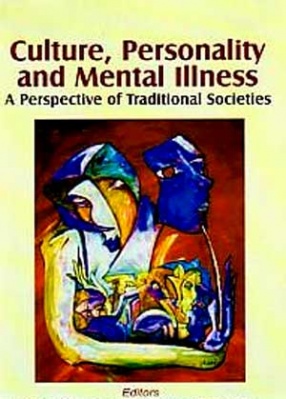
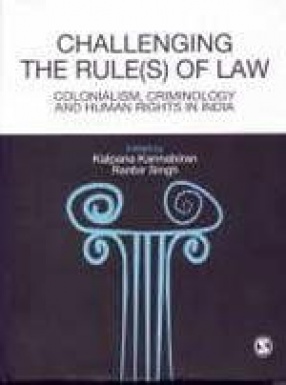

There are no reviews yet.